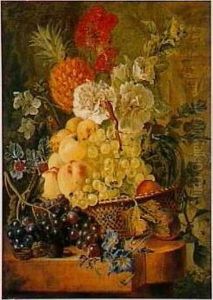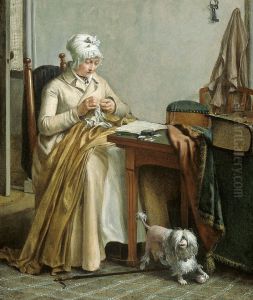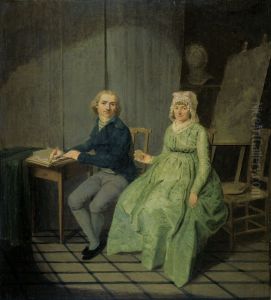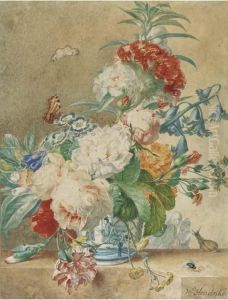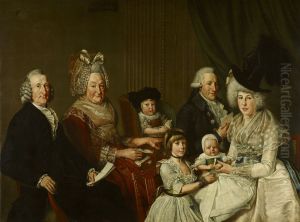Wybrand Hendricks Paintings
Wybrand Hendricks was a Dutch painter, born in Amsterdam in the year 1744. His artistic journey began in an era marked by a rich tradition of Dutch painting, and Hendricks contributed significantly to this legacy, especially in the genres of portraiture and interior scenes. He was a product of the 18th century, a period that saw a gradual transition from the Baroque style, with its emphasis on drama and emotion, to a more nuanced and detailed approach to painting, reflecting the Enlightenment's values of reason and clarity.
Hendricks received his initial art education in his hometown of Amsterdam, a bustling hub for artists and intellectuals during the 18th century. The city's vibrant artistic scene provided a fertile ground for his development as a painter. He was particularly influenced by the works of the Dutch Golden Age, a period that was renowned for its masterful handling of light and shadow, as well as its focus on daily life and domestic interiors. Hendricks managed to infuse his work with a sense of realism and attention to detail that was characteristic of this earlier period, while also incorporating the refined elegance of his own time.
Over the course of his career, Hendricks gained recognition for his portraits and interior scenes. His portraits often depicted the bourgeoisie, intellectuals, and members of the Dutch elite, showcasing his ability to capture not just the physical likeness of his subjects but also their inner character and status. His interior scenes, on the other hand, were celebrated for their intricate detail, warm lighting, and the serene atmosphere they evoked. These works often featured domestic settings, with figures engaged in everyday activities, reflecting the 18th-century Dutch interest in the beauty of the mundane and the intimate aspects of human life.
In addition to his painting, Hendricks played a significant role in the Dutch art world as an art official. He was involved in various art organizations and societies, contributing to the promotion and organization of the arts in Amsterdam and beyond. His work as an art official not only demonstrated his commitment to supporting the arts but also allowed him to influence the artistic tastes and standards of his time.
Wybrand Hendricks passed away in 1831, leaving behind a legacy that was appreciated for its adherence to the traditions of Dutch painting, as well as its elegance and refined depiction of contemporary life. His contributions to the Dutch art scene of the 18th and early 19th centuries were significant, and his works continue to be studied and admired for their beauty and historical value.
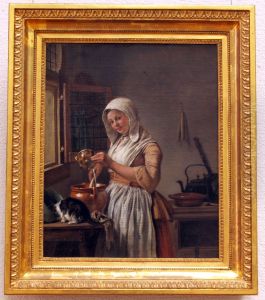
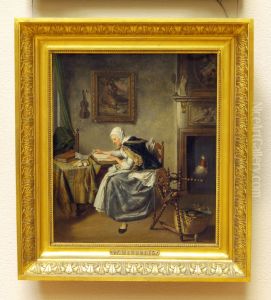
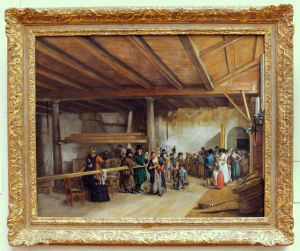
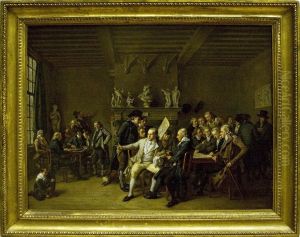
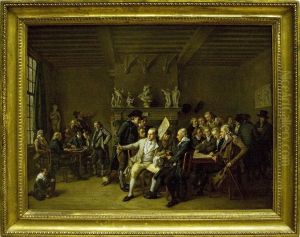
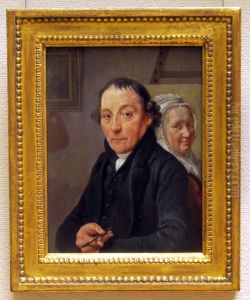
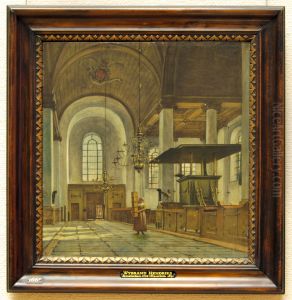
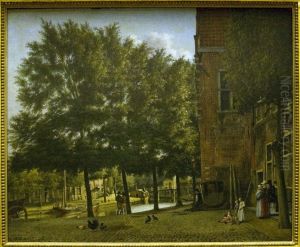
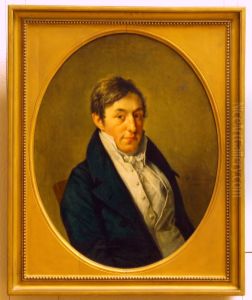
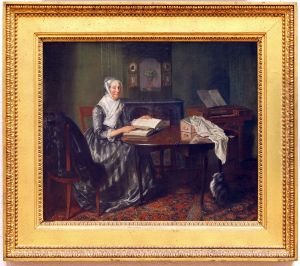
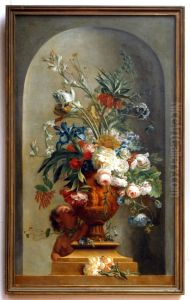
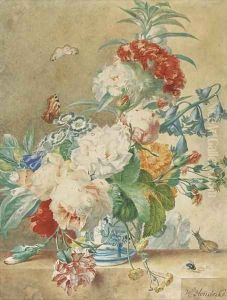
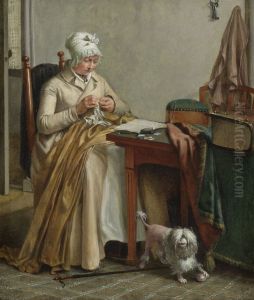
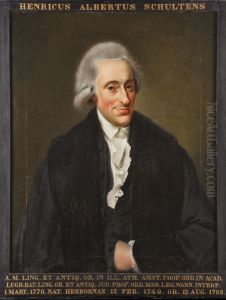
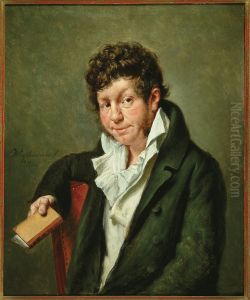
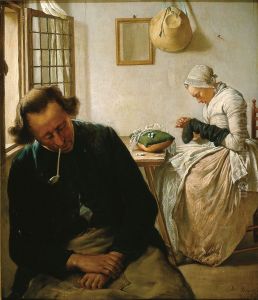
![[2]](https://www.niceartgallery.com/imgs/4612433/s/wybrand-hendricks-2-fa17b67d.jpg)
